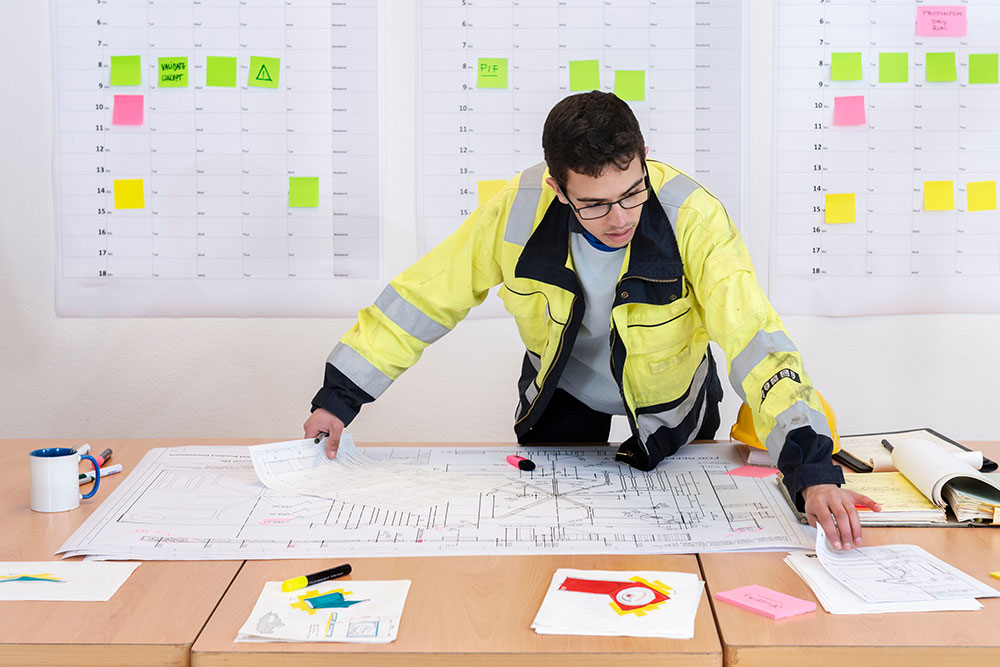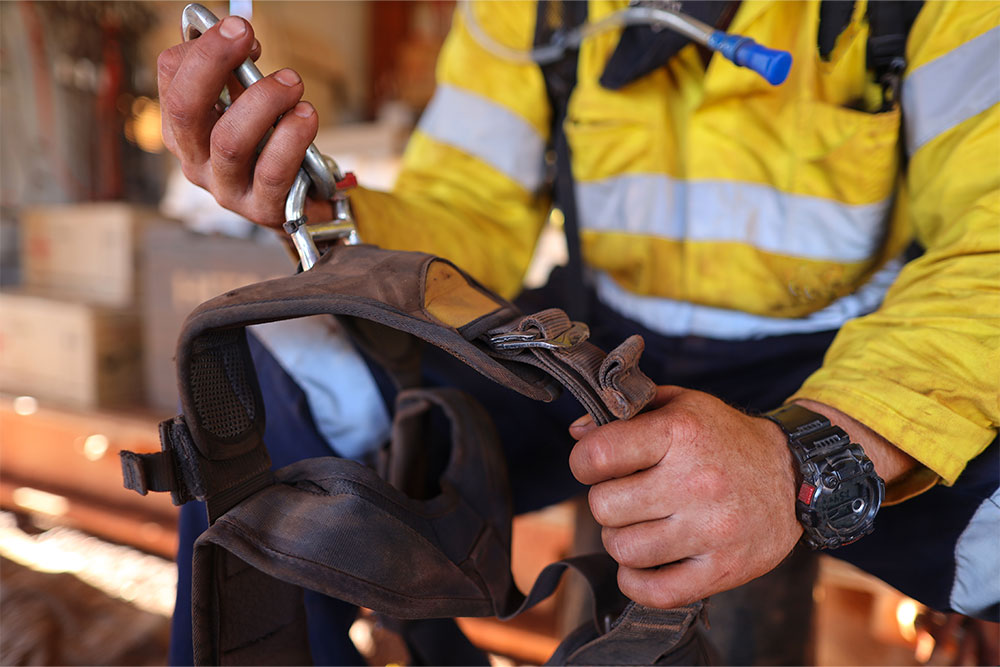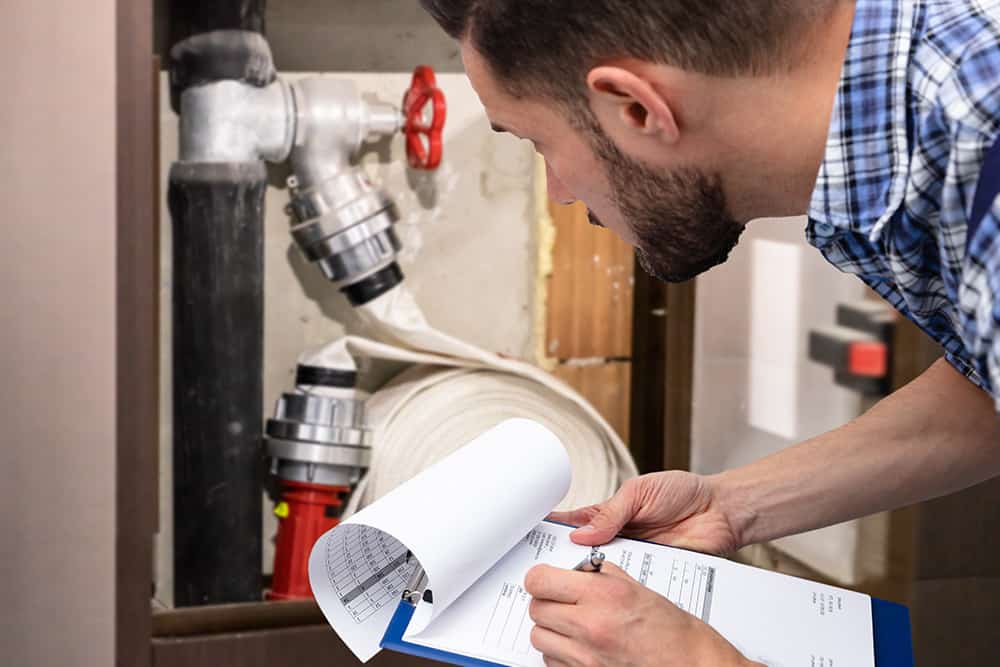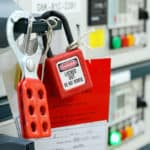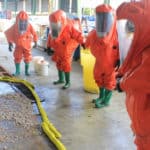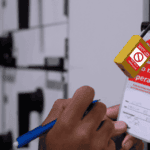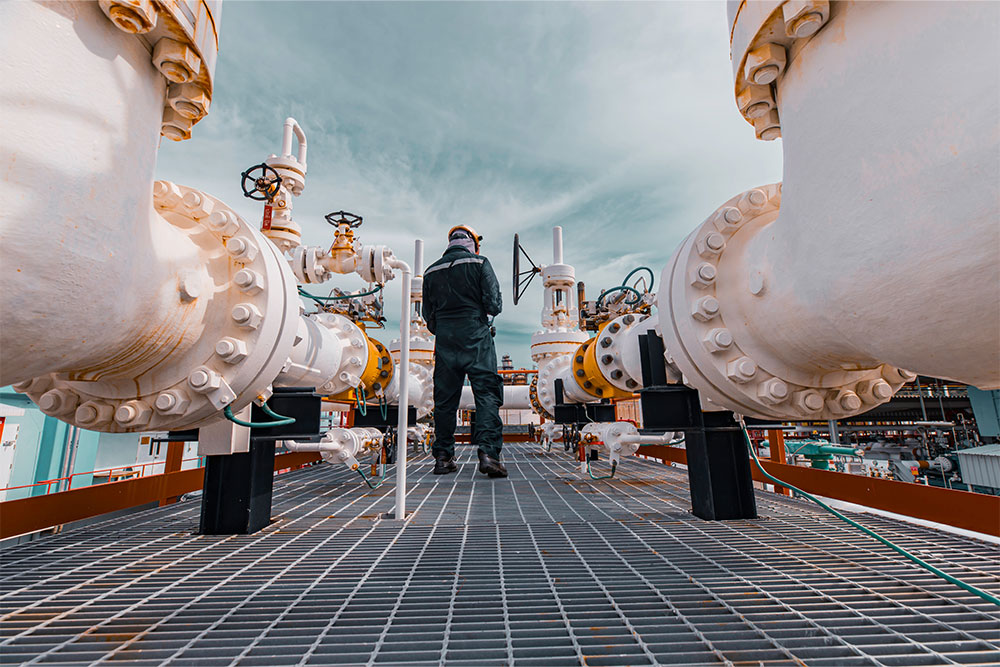
COMAH refers to the Control of Major Accident Hazards Regulations. These regulations set out what businesses must do to prevent major accidents involving dangerous substances such as fuel, explosives or toxic chemicals. So, if COMAH are the regulations, what is a COMAH site?
A COMAH site stores or processes dangerous substances in quantities that could pose a serious risk to people and the environment.
This guide explains how COMAH sites are classified and what the regulations say on how they must be managed.
What is a COMAH Site – Key Takeaways
- COMAH Regulations set legal duties for businesses to prevent and control major accidents involving dangerous substances.
- A COMAH site is any facility that stores or processes dangerous substances in quantities that could pose a serious risk to people and the environment.
- COMAH sites are classified as high-tier or low-tier. High-tier sites handle larger amounts of dangerous substances, so they must meet stricter requirements than low-tier sites.
- The operator is the legal entity responsible for ensuring a COMAH site complies with the regulations.
What is COMAH?
The Control of Major Accident Hazards (COMAH) Regulations are designed to prevent and limit the impact of major accidents involving dangerous substances. These regulations apply to businesses that store or process materials such as flammable liquids, toxic chemicals, and explosives in significant quantities.
COMAH places legal duties on businesses to first take all necessary measures to prevent major accidents caused by dangerous substances and, secondly, limit the impact of any accidents that do happen. Key duties include:
- Identifying major accident hazards – Assessing the potential risks posed by dangerous substances on-site.
- Implementing risk control measures – Putting safety systems and procedures in place to reduce the likelihood of major accidents.
- Developing an emergency response plan – Preparing on-site and, in some cases, off-site emergency plans to respond effectively to incidents.
- Informing the public and authorities – Where required, businesses must communicate risks to surrounding communities and collaborate with local authorities on emergency response plans.
Compliance on-site is overseen by the site’s operator – the legal entity responsible for running the site. Operators can be a company or an individual who has control over the site’s activities.
Compliance is enforced by the COMAH competent authority – a partnership between the Health and Safety Executive (HSE) and the relevant environmental body. This environmental body is the Environment Agency in England, the Scottish Environment Protection Agency in Scotland or Natural Resources Wales in Wales.
Why is COMAH Important?
COMAH started as CIMAH – the Control of Industrial Major Accident Hazards, which was a direct response to the Seveso disaster, one of Italy’s worst environmental accidents.
In 1976, approximately 1kg of 2,3,7,8-tetrachlorodibenzo-p-dioxin (TCDD), a highly toxic chemical, was accidentally released in the Lombardy region of Italy. Over 3,300 animals died immediately, and an additional 80,000 were slaughtered to prevent them from contaminating the food chain.
Thankfully, no human casualties were recorded. But 600 residents were forced to flee their homes, and for years afterwards, the people exposed to TCDD suffered a higher incidence of cancer compared to the general population.
Shortly after, the EU introduced the Seveso Directive – a set of regulations designed to prevent similar industrial accidents. The Seveso Directive was incorporated into British law as CIMAH, before becoming COMAH in 1999 as the EU established the Seveso II Directive. Both COMAH and the Seveso Directive underwent significant updates in 2015. This version is still in force today.
Health and Safety Courses
Our health and safety courses support legal compliance and effective risk management. They raise awareness of common workplace hazards and teach the fundamentals of safe working.
What is a COMAH Site?
A COMAH site (or COMAH establishment) is any facility that stores or processes dangerous substances in quantities that could pose a serious risk to people and the environment.
The most common dangerous substances are:
- Flammable liquids – Petrol, ethanol, and acetone
- Toxic chemicals – Chlorine, ammonia, and hydrogen cyanide
- Explosives and oxidising agents – Nitrate-based fertilisers, peroxides, and fireworks
- Gases under pressure – Liquid petroleum gas (LPG), hydrogen, and carbon dioxide
- Corrosive substances – Sulphuric acid, hydrochloric acid, and sodium hydroxide
COMAH sites are classified based on the type and quantity of dangerous substances they handle. There are two tiers: high-tier COMAH sites and low-tier COMAH sites. Each tier must comply with a slightly different COMAH regime.
High-Tier COMAH Sites
High-tier COMAH sites store or process greater quantities of dangerous substances than low-tier sites. Because of the increased risk, high-tier sites face stricter requirements.
Operators of high-tier sites must:
- Submit a detailed safety report – A safety report explains how risks are identified, controlled, and mitigated.
- Develop and test an emergency plan – Plans must outline how on-site and off-site incidents will be managed. Local authorities should be involved in off-site planning.
- Undergo regular inspections by the competent authority – Inspectors assess whether safety measures are adequate and enforced.
High-tier thresholds depend on the quantity of each dangerous substance handled on-site.
For example, a site is classed as low-tier if it holds at least 2,500 tonnes of petrol. Past 25,000 tonnes, it’s considered a high-tier COMAH site. Thresholds are much lower for chlorine because it’s highly toxic. A site storing just 10 tonnes is classed as low-tier, while 25 tonnes qualifies it as high-tier.
You can find specific figures in the Health and Safety Executive’s COMAH guidance.
Low-Tier COMAH Sites
Low-tier COMAH sites handle smaller quantities of dangerous substances that still exceed the threshold for COMAH compliance.
While operators of low-tier sites have fewer obligations, they must still:
- Identify and assess major accident hazards – Operators must evaluate potential risks and put controls in place.
- Notify the competent authority – Operators must inform regulators that they are handling dangerous substances above the threshold limits.
- Maintain a documented safety management system – A structured approach to risk assessment and accident prevention is required.
Low-tier sites do not need to submit a full safety report or develop an off-site emergency plan, but they must still take all necessary precautions to prevent major accidents and limit their potential to harm.
How Do You Manage Major Accident Hazards?
Managing major accident hazards at a COMAH site depends on the nature of the site, its tier, and the operations carried out there.
However, there are essential steps relevant to all COMAH sites. These steps include:
- Risk assessment – Evaluating what and how dangerous substances are handled to assess potential harm and likelihood of accidents.
- Control measures – Implementing safeguards such as containment systems and automatic shutdown procedures based on risk assessment findings.
- Safety management systems – Ensuring policies, training, and procedures are in place to maintain compliance.
- Emergency planning – Preparing on-site and off-site response plans where needed to limit the impact of any accidents.
- Cooperation – Reporting to the competent authority and facilitating inspections and audits.
The above is a general overview of what COMAH compliance involves. The specific requirements for each site depend on its tier and risk profile. It’s up to operators to review their own site and decide what’s necessary.
COMAH Training
COMAH compliance isn’t only a concern for operators. Workers on-site must also understand their role in preventing major accidents. Without proper awareness, even the best safety systems will fail.
Our online IIRSM-approved COMAH Training course helps workers understand what a COMAH site is and key compliance requirements. The course covers:
- Scope, purpose, and principles of COMAH Regulations
- Key definitions and concepts under COMAH
- Penalties and consequences of non-compliance
- What COMAH means for workers
Providing workers with the proper training reduces risk, strengthens compliance, and supports a safer working environment.
Ensure your workforce understands COMAH. Invest in online COMAH Training today.


